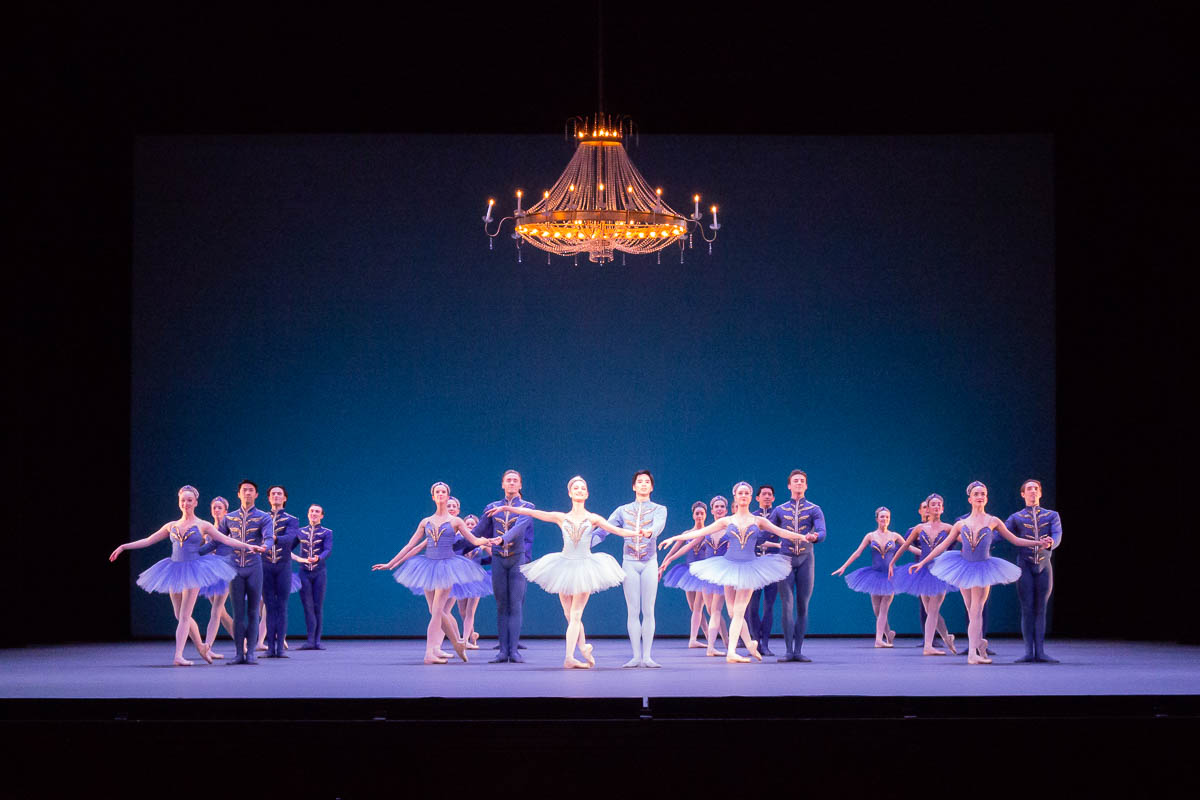
Stockholm Early Music Festival, Christmas Edition.
I’ve been on SEMF’s mailing list for years, but never actually made it to any of their concerts. The main festival is usually in the beginning of June and clashes with the end of the school year. And early December of course is always a busy time. This year, though, Eric and Adrian were away on a scout hike, so we couldn’t do anything family-Christmassy anyway, so I could take the whole afternoon and evening for concerts.
The German Church is a lovely concert venue with beautiful acoustics. Isn’t it wonderful that we humans have evolved the capability to appreciate music, and the capability to make music ourselves, and also to construct buildings to make the most of both?
The mini-festival consisted of three concerts (plus an optional extra late-night one which I skipped).
The first one, with Finnish Ensemble Gamut, I found incredibly boring. I’m glad I bought tickets for the whole afternoon because if I’d just heard this one I would have been utterly disappointed. It was just an endless drone with little variation. There were instruments, and there was singing, and it definitely had a melody – but apart from the songs with elements of Finnish runo songs, they all sounded so same. The only way I knew that one song ended and another started was because the ensemble all switched instruments. And the singer’s mannered way of singing really didn’t suit my taste. I was nearly falling asleep and had to take out my knitting to keep awake.
The second concert, with The Nordic Baroque Band, was much better. All instrumental music, with baroque versions of violin, viola, cello and flute. (Today I learned that the baroque violin is held differently from the modern one – not squeezed between chin and shoulder but just pressed against the shoulder. And the baroque cello is held between the legs, without an endpin.)
The third one (Nordic Voices), in contrast, was all-vocal, but equally good, if not better. Their repertoire ranged all the way back to medieval polyphonic liturgies (Olavsmusikken). Beautiful, enchanting, soaring, intimate.





























